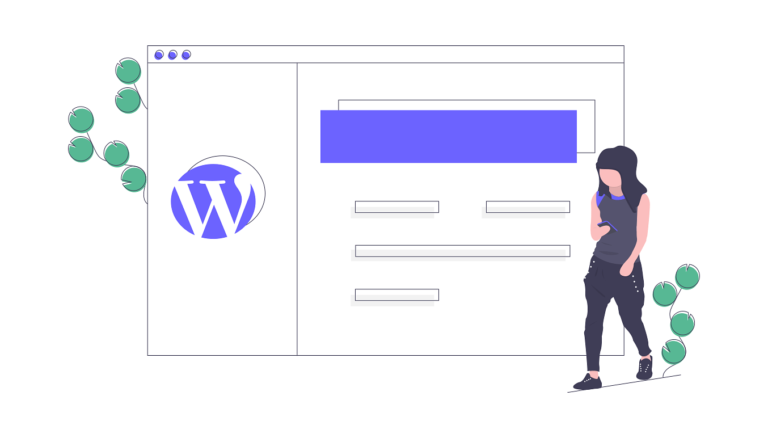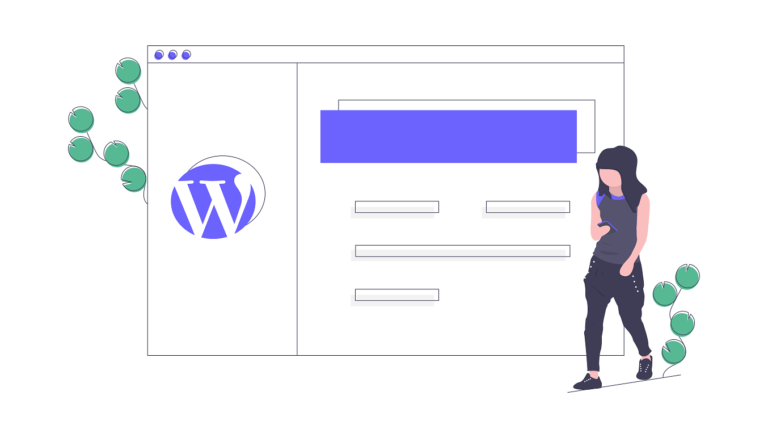Advantages of Digital Publishing and How to Automate Workflows
The printing press was an invention which changed the world. Before this machine was invented, written knowledge was hard to mass-produce and distribute. But once the printing press started to print thousands of copies of a single document in a matter of hours, suddenly written knowledge spread to all major cities and countries.
With the advent of internet, this knowledge spread all over the world. Unlike the printing press, internet doesn’t have limitations like the availability of paper and ink, and each document can be replicated an incalculable number of times at the press of a button in an instant. This is why digital publishing is far more powerful than its physical counterpart.
Now, digital publishing automation is taking the next big step by making content creation and delivery even more efficient and simpler than ever before.
What Is Digital Publishing Automation?

Digital Publishing Automation broadly refers to the idea of making some or most aspects of the publishing content automated. Here’s an example to make it easy to understand.
Suppose a writer is working on an article that needs to be sent to the editor for approval before it can be published on various platforms. Without automation, the writer would have to attach the article to an email and send it to the editor. The editor would then download the article, open it on his computer’s word processor, manually find errors and make changes. He would then have to go to various websites to post the article on them, one at a time.
The number of steps that are being executed in the above example significantly slows down the content creation and publication process. With digital publishing automation, this process can be simplified and streamlined.
Using digital publishing software for the process of creating content, the writer could simply click a button once he’s done with an article, and the editor will automatically receive the article in an instant. He can then make any changes he wants or fix any errors that would be detected by the software itself, and then by clicking the ‘publish’ button, the article can be simultaneously published on multiple blogs or websites instantly.

Benefits of Digital Publishing Workflow
Here are a few major advantages that a company or a publishing house can get by using a digital publishing workflow.
- Increased Efficiency: As the above example already showcased, using a digital publishing workflow can significantly optimize the process of content creation. This is especially true if several writers are working in collaboration from different locations. Without a proper digital publishing workflow, it would be a nightmare to coordinate the writers’ work. A digital publishing workflow optimizes this process, and the writers can work on the article on a common platform where they can easily coordinate.
- End of Redundant Data Generation: Before the idea of digital publishing workflow was introduced, a lot of copies of the main documents had to be generated so everyone could work on their own. This created a lot of redundant data, which led to a lot of unnecessary confusion when the final draft had to be compiled. Using a digital publishing workflow where all the copies of the article are linked to a central core document and all the changes are automatically synced across all the copies, this confusion and the generation of useless, redundant data can be easily avoided.
- Simplifying Error Catching and Correction: Editing a finished article can be quite a daunting task. At times, the editor may fail to notice some minor errors. If these errors make it to the published article and are noticed by the readers, it can be quite embarrassing for the organization. A digital publishing workflow software can automatically catch these minor errors and provide suggestions on how to fix them. This can help make the final article completely error-free.
How to enable Publishing Automation in your Digital Publishing Workflow
Anyone can automate their publishing workflow by following the series of steps mentioned below.
Step 1: – Integrate a CMS

A Content Management System can be integrated quite easily. The CMS will automatically create a centralized repository for all the content.
Step 2: – Give Access to Users
Once the CMS has created a central repository, individual user logins need to be generated through the CMS so that they have access to the repository and can create or edit the content.
Step 3:- Enabling Various Plugins
All good CMS software come with a multitude of plugins that can be used to customize and automate the publishing workflow. These plugins need to be installed and activated as required. These plugins can automate the detection and correction of errors, and automatically publish the content on various platforms simultaneously.
Conclusion
Digital publishing automation isn’t a choice anymore, it’s a necessity for any content creator or publishing house that wants to stay relevant in the age of internet, and the process is so simple and easy that there are very few excuses that one can give for not making the switch to publishing automation.
Related:
7 Factors to Consider While Outsourcing Publishing Services
Best Practices in Editorial Project Management for Publishers









